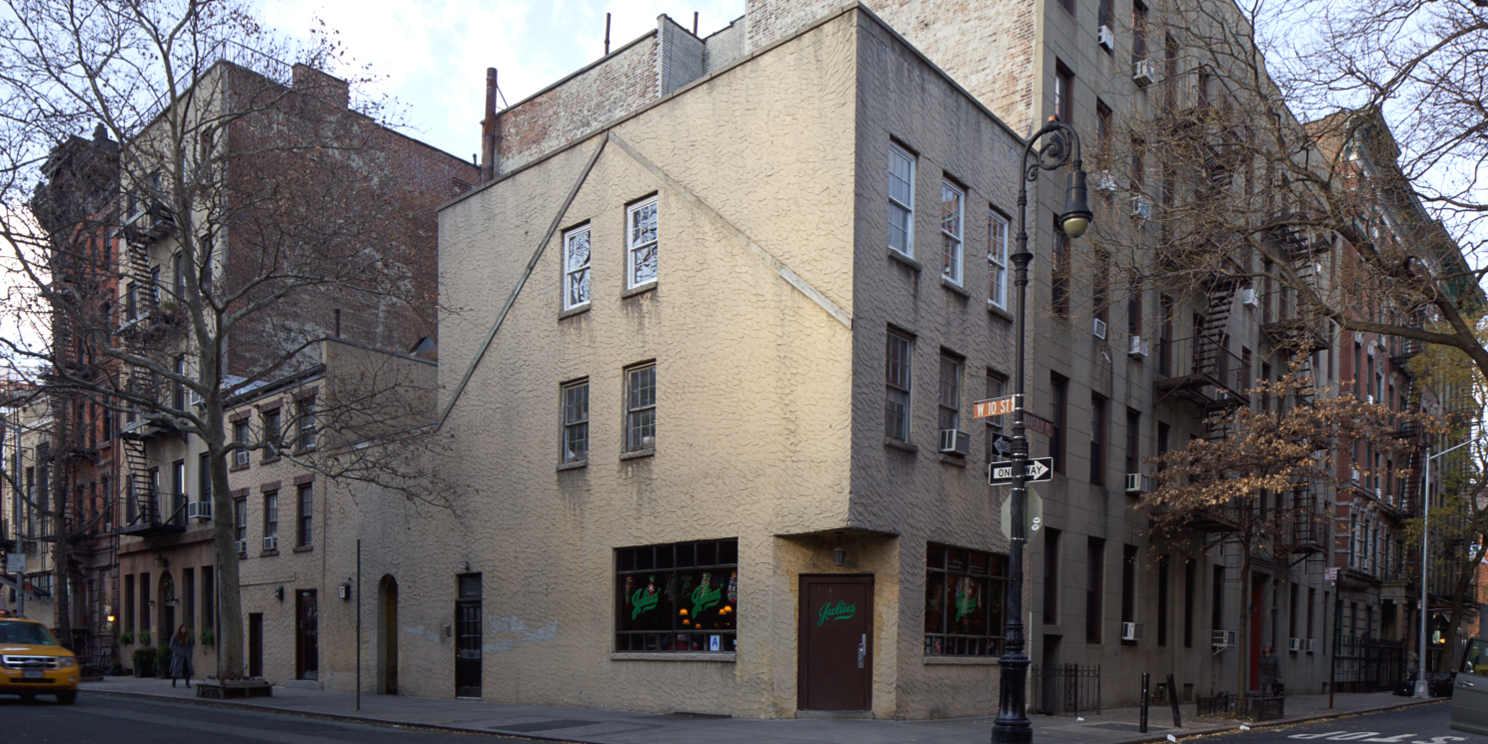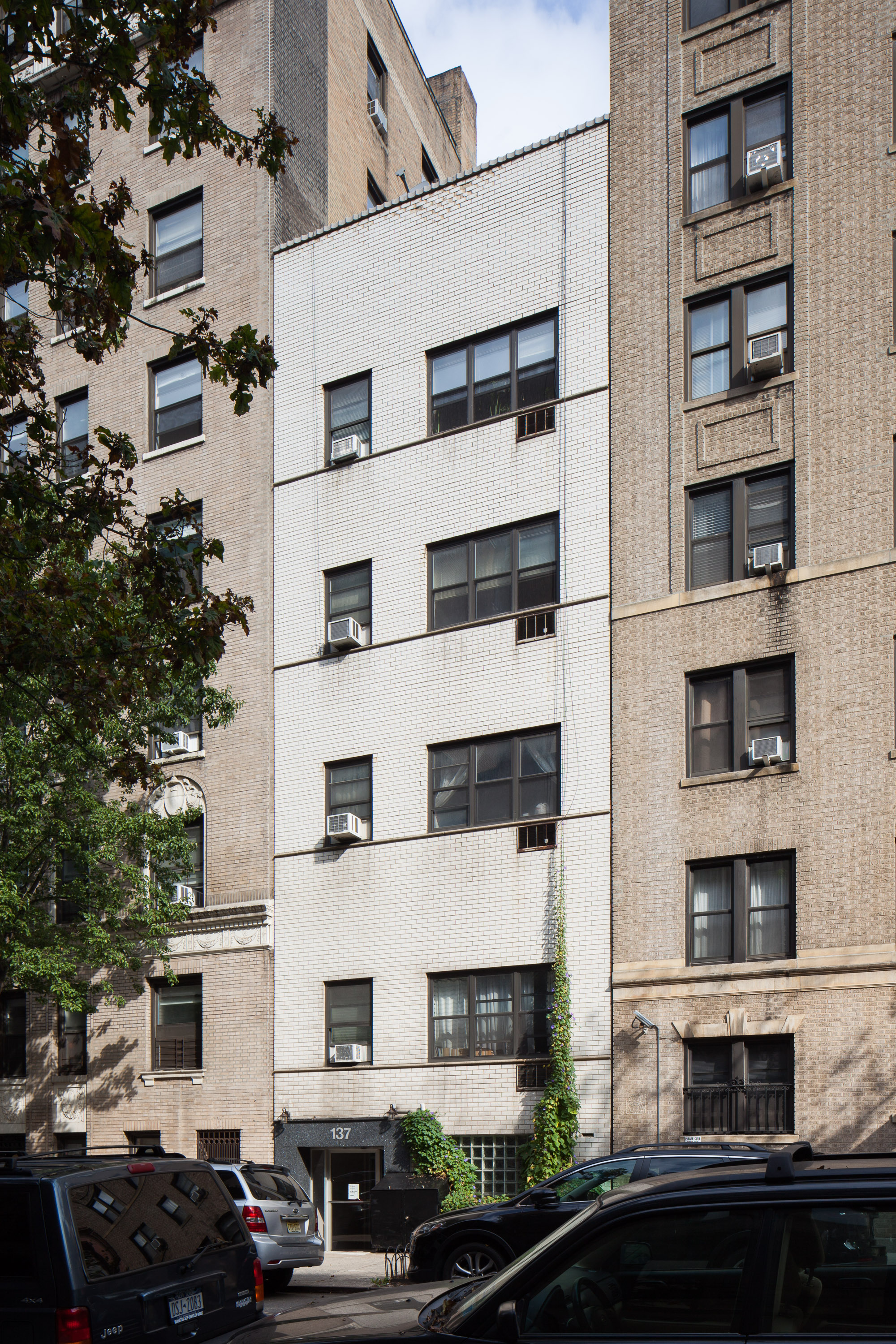The New York City LGBT Historic Sites Project, launched in 2015 by preservation professionals, is a cultural heritage initiative and educational resource documenting historic sites connected to the LGBT community in New York City. The interactive map on our expanding website features over 350 diverse places from the 17th century to the year 2000 that are important to LGBT history and illustrate the community’s influence on the history and culture of New York City and America. Entries include a historical narrative, photographs and ephemera, media, and sources. As the number of researched entries has increased, the project has developed over 30 themes that provide richer contexts for LGBT communities of New York City.
As place-based historians, our work provides a visceral connection to the past through the built environment. The project goal is to make a previously invisible history visible while fostering pride and awareness. We’ve been able to sustain and grow the project over the past six years, thanks to support from foundations, corporations, and individuals—especially funding from National Park Service’s Underrepresented Community (URC) grant program for LGBT-associated nominations to the National Register of Historic Places (NRHP).

Over the past years, we’ve been able to catalyze the work of increasing the diversity of LGBT sites on the NRHP with eleven new and amended NRHP nominations, surveyed New York City’s extant LGBT sites, and authored the Historic Context Statement for LGBT History in New York City, a report that identifies and evaluates potential LGBT historic resources in the city. We also developed our website to meet our goal to make LGBT place-based history accessible to the general public. For user accessibility and experience, we established a methodology that provides context for each site; this resulted in a list of eight site type categories and twelve cultural classifications that illustrate the LGBT community’s vibrant history and experiences. Through this, website users can filter the map and access each theme. The project also advocates for local landmark designations, engages the public through walking tours, lectures, school presentations, and community events, and disseminates content online through social media. (@nyclgbtsites).

The increase in federally recognized LGBT sites over the past few years is encouraging; however, traditional evaluative methods and tools can still pose challenges. Stakeholders and agencies may not be familiar with LGBT history and thus lack the ability to properly contextualize and evaluate a site. For listing on the NRHP, fifty years must have passed from the period of significance before a site can be listed (unless a property is of extraordinary national significance, such as Stonewall), which limits the number of LGBT sites that can be included at present. One major challenge to listing is the need to obtain the consent of an owner for listing, which is not always forthcoming. Another is the need to evaluate the interior and exterior architectural integrity from the period of significance.
Since the majority of extant LGBT historic properties are not architecturally distinguished and are often altered, official recognition depends on their historical and cultural significance. This type of documentation is challenging, especially with LGBT properties. The uses and activities in many spaces were often transient and covert, contributing to the difficulty of identifying specific locations, addresses, and narratives. Many LGBT-identified individuals and organizations were historically disenfranchised or underground and forced to relocate numerous times, often due to harassment. Writers and artists occupied multiple residences or studios over their lives, making it difficult to identify the most appropriate and significant of many possible associated sites. Further, LGBT people’s own history often lacks sufficient documentation, while private photographs and ephemera risk being disposed of by family members or others who do not recognize its value. Another challenge is the changing understanding and context of the concepts of gender and sexuality over time, as well as terminology associated with the LGBT community.

It is gratifying to see the growing number of LGBT place-based research projects throughout the country. As more projects start, there is a need to develop a national infrastructure where we can share practices, establish consistent classifications and standards, and learn from each other’s successes. It would allow for a collective approach on how to memorialize extant and demolished LGBT sites, recognize LGBT landscapes, and document marginalized narratives within the community. By doing so, it could substantially change public understanding of our rich LGBT past and help shape preservation policy moving forward.
This essay in the “Changing Monument Landscape” series was commissioned as part of the launch for the National Monument Audit, produced by Monument Lab in partnership with The Andrew W. Mellon Foundation. For more on the Audit, visit monumentab.com/audit.
